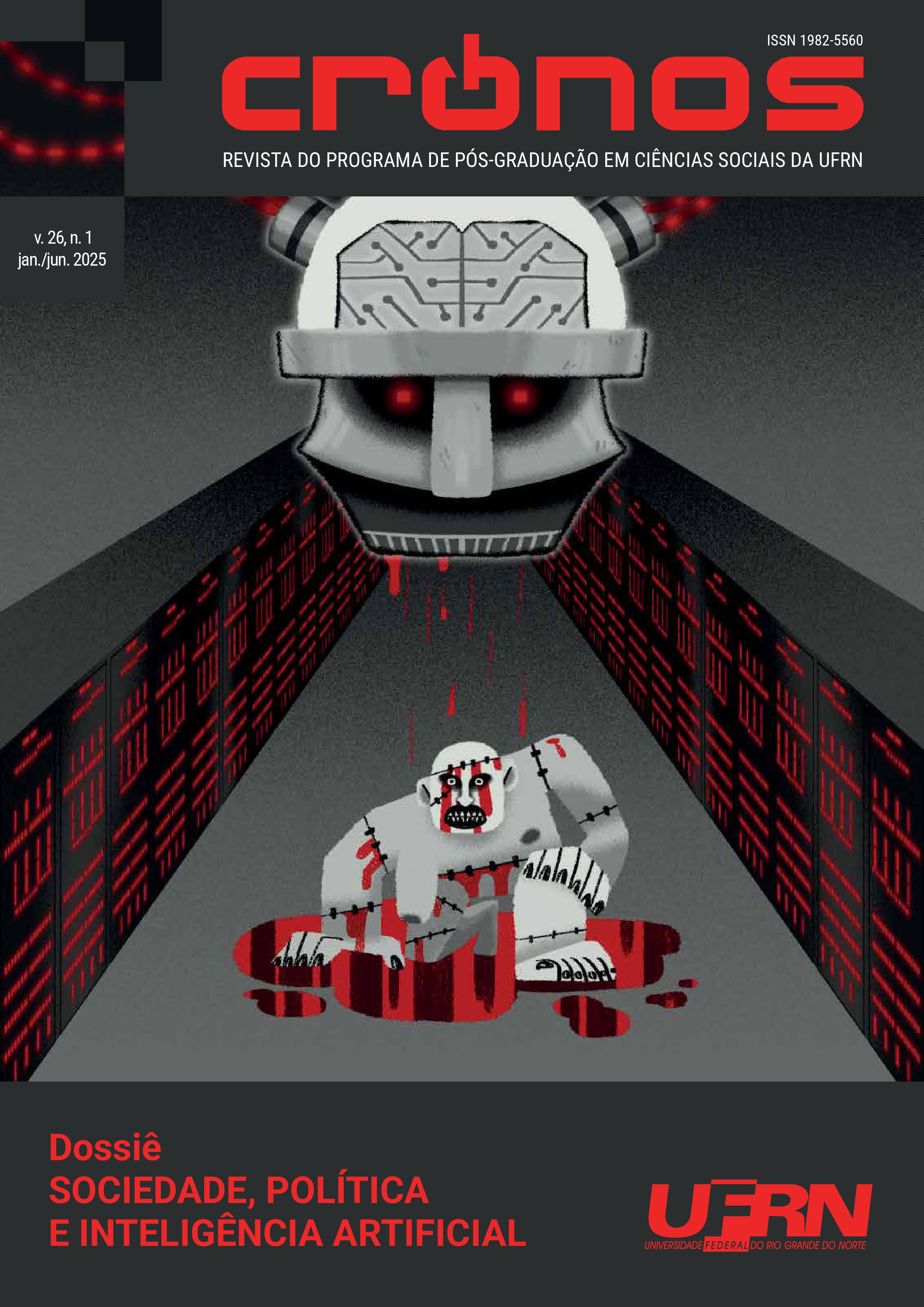(RE)INVENTANDO A CASA DA JUSTIÇA
dos edifícios dos tribuinais ao metaverso
DOI:
https://doi.org/10.21680/1982-5560.2025v26n1ID35867Palavras-chave:
tribunais, justiça digital, metaverso, cidadania, acesso à justiçaResumo
Os edifícios dos tribunais são definidos como ambientes simbólicos e ritualísticos nos quais as pessoas experimentam a autoridade judicial. Com a eclosão da pandemia de covid-19, o acesso aos espaços físicos dos tribunais foi severamente limitado, ao mesmo tempo em que se verificou um aumento na utilização de ferramentas digitais e de trabalho remoto. A utilização e/ou o desenvolvimento de tecnologias digitais tem assim marcado o quotidiano do poder judicial em muitos países. É, no entanto, importante refletir sobre as consequências da transformação digital em curso, especialmente quando a administração de justiça já está ocorrendo no metaverso
(experiências no Brasil e na Colômbia, por exemplo), levantando questões pertinentes: Ainda precisaremos de tribunais físicos? Com que finalidade, de que forma e para quem (que tipo de usuários)? As nossas questões centram-se no equilíbrio entre justiça digital e cidadania. Com este
artigo pretendemos refletir sobre o futuro do tribunal físico, enquadrando-o no contexto português. A análise beneficia-se de pesquisas anteriores, incluindo um inquérito aplicado em 2022 a juízes portugueses, avaliando a sua visão relativamente à utilização de tecnologias digitais. As suas percepções são cruciais para compreender as transformações tecnológicas e os seus impactos no futuro dos tribunais físicos e da própria justiça.
Downloads
Downloads
Publicado
Como Citar
Edição
Seção
Licença
Copyright (c) 2025 Revista Cronos

Este trabalho está licenciado sob uma licença Creative Commons Attribution-NonCommercial-ShareAlike 4.0 International License.


 English
English Español (España)
Español (España) Português (Brasil)
Português (Brasil)


